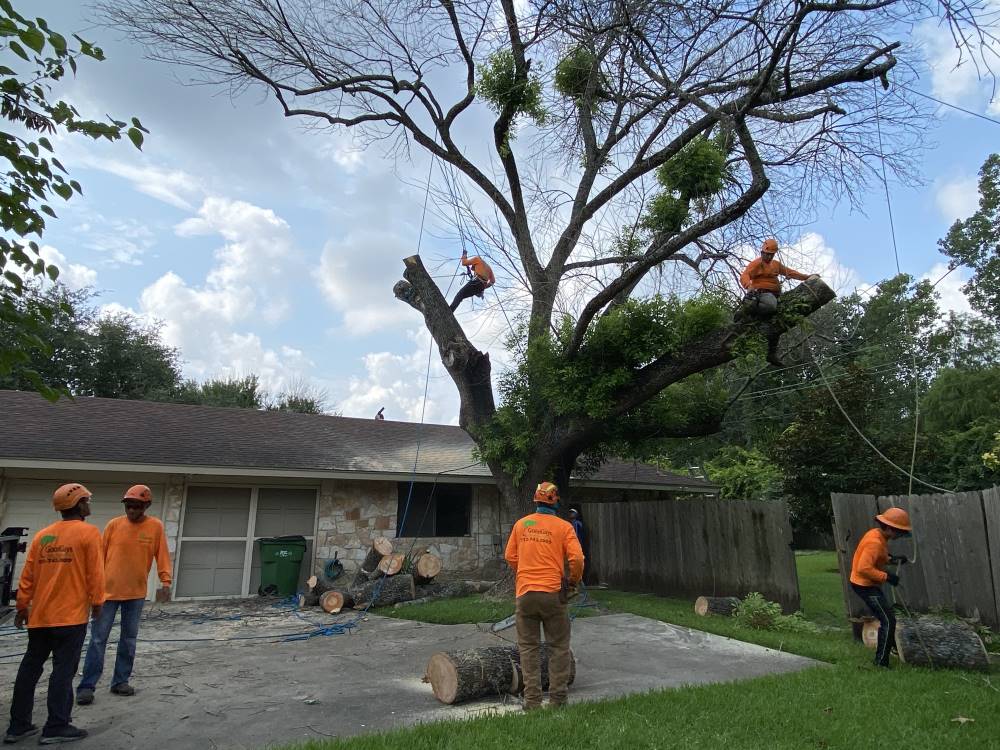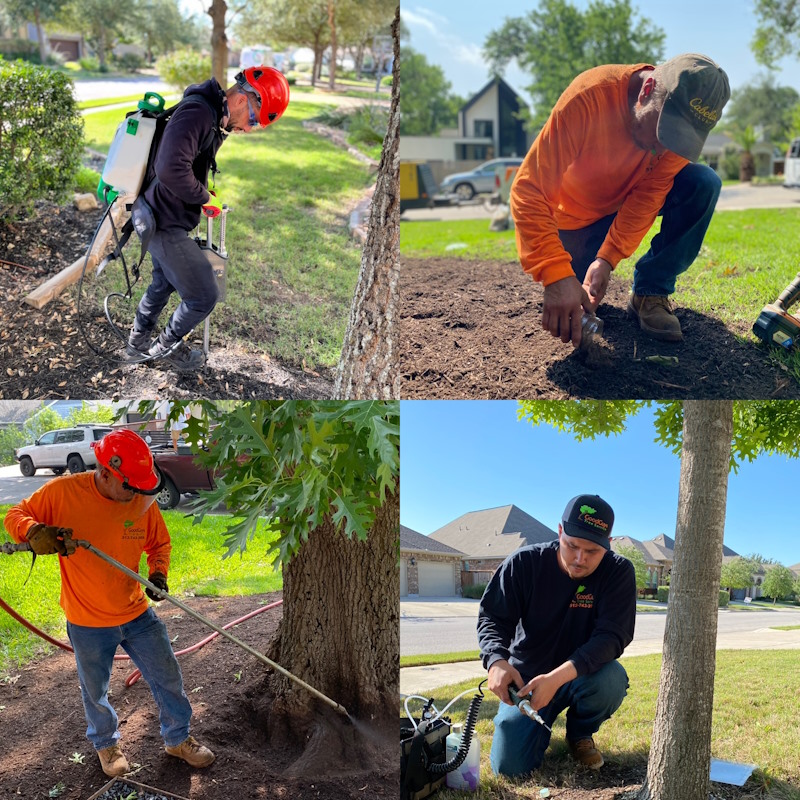Trees add so much vivacity and value to a property. From brightening up the outdoors on beautiful sunny mornings to making a simple house look so homely and beautiful from the outside, trees can indeed instill life into even the most mundane surroundings.
However, trees require exceptionally good maintenance. Apart from regular cutting and pruning, one needs to have the ability to recognize if the trees are decaying or have been infested with pests. When left with pests or in decaying conditions, trees might threaten both the property and people living in the surrounding areas.
Hence, it is always recommended to opt for the services of tree professionals whenever you spot any dangerous branch or a trunk hole and even if they are close to electrical poles or wires. Here’s presenting seven tell-tale signs of potential tree damage that prompt tree removal at the earliest.
1. Trees Tending to Lean on Structures
Due to natural hazards, like cyclones and floods, trees tend to bend over to one side. This might also happen as the tree ages or when structural changes are made on the property. Now, while sometimes trees leaning on one side are not something to worry about, many arborists suggest that if there is a lean of more than 20 degrees, one should seek expert advice right away. Furthermore, if you notice the tree has dead leaves and a wounded trunk on one side of the lean while fresher leaves are on the other side, please note it as an emergency and call the experts immediately.
2. Having Closer Proximity to Cables
Trees leaning on powerlines or having branches, leaves, and twigs fall over cables pose major fire hazard risks. In fact, many forest fires reported in California over the past few years have been blamed on trees converging with powerlines. Hence, it is always advisable to seek professional help if you see a tree or any of its branches come into close proximity to cables. Alternately, if it is only a branch or two, you could prune them yourself using good tree-cutting tools.
3. Falling or Withering Branches
If you notice a tree in your yard that is losing its branches easily, you must remove the tree on an emergency basis. Branches provide structural support to the trees (except trees like palms that intrinsically do not have any branch). Hence, with its branches falling off, the tree might not be in a position to survive storms and other natural calamities, putting your home and your family or neighbors at risk.
4. Cavities in Trunk
If you notice any cavity or hollow area in the trunk of any tree around your home or in your yard, it might be a case of structural damage. This is especially true in the case of mature trees, often indicating a decay in the structure and eventually death. So, if you happen to notice any cavity in the tree trunk and if the bark around it is withered, please know it is time to call the professionals and remove the tree.
5. Exposed Roots
Months of overlooking, especially after numerous natural calamities, often uproot the trees halfway through, which causes the entire structure to lean on one side. In such a scenario, it is better to call professionals for a survey. Furthermore, often you find trees with roots approaching the neighbor’s house. This might damage the building structure, and hence, is a tell-tale sign for early tree removal.
6. A Part of the Tree Has Already Fallen
If you find a part of any tree has already fallen or is hanging dangerously on a public space or any building, it is best to seek expert advice. If the tree is otherwise strong and can be structurally sound even after removing one part, you must decide if you want a good pruning or would go for removal. However, if the fallen branch or part messes with the tree’s overall structure, it is better to call for emergency tree removal services.
7. Dusty Mildew on the Tree
If you notice dusty mildew or powdery white mildew on the leaves or the tree’s trunk, it is a signal for treatment at the earliest. While dusty mildew is treatable, if you keep it untreated for long, it might affect the health of the people living in the neighborhood. Furthermore, even if you are treating the tree with pesticides and insecticides, talk to your arborist about the entire prognosis process. If the tree is mature or is already in a withered condition, prolonged use of insecticides may harm the tree. In such cases, it is better to go for emergency removal.
Conclusion
Maintaining trees requires a lot of love and effort, and it is never easy to part with them. However, there are times when you need to make a tough call and go for emergency tree removal. Now that you know the emergency symptoms that call for tree removal, you are in a better position to understand your trees better and seek the help of professional arborists at the right time.
Author Bio:
Bryan Hardin

Bryan Hardin is the Content Director at Sherrilltree. He actively liaisons with Arborists and is also a passionate hiker. He loves sharing his expertise and insights through informative articles around hiking, tree climbing, their gears and accessories, advanced techniques, and much more. Bryan is a tree hugger and proudly contributes to the growth of an eco-friendly and sustainable environment.







